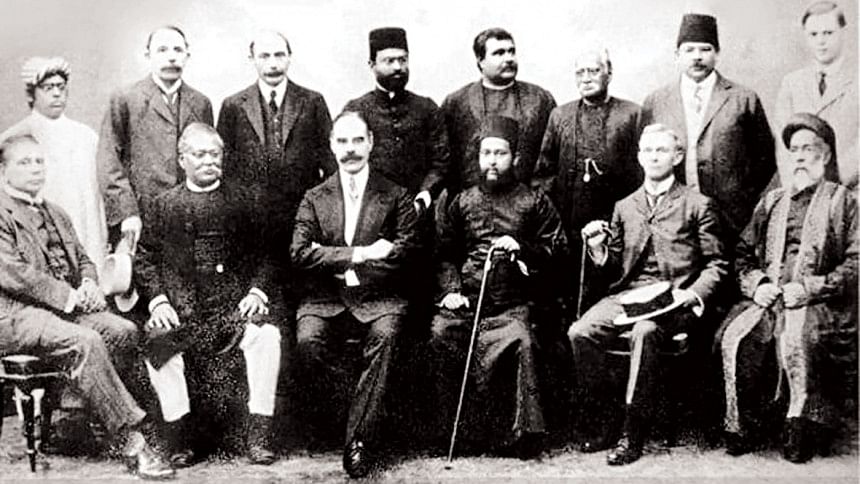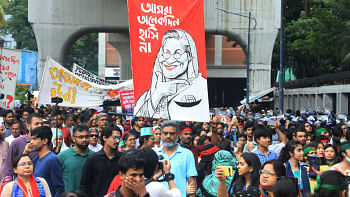The conception and birth of Dhaka University

Dhaka University (DU), the oldest public university in Bangladesh, started its journey on July 1, 1921. This year marks the centenary of the institution. DU was started after many obstacles and conspiracies; the story behind its establishment comes from the efforts and sacrifices of many selfless heroes.
The institution started in 1911 after the British Government annulled the partition of Bengal. The partition previously provided the Muslim majority community an opportunity to create better lives for themselves. The two reasons behind the delay of DU's establishment were the powerful opposition of Hindu leaders, and the timeline colliding with the First World War.
Nawab Sir Salimullah, the fourth Nawab of Dhaka and one of the leading Muslim politicians during the British regime, first expressed his anguish and disappointment to the British Viceroy Lord Hardinge, demanding the development of institutions for the advancement of education in East Bengal. The university also owes gratitude to Nawab Sir Salimullah, who donated 600 acres of land from his estate for the establishment.

In 1912, several Muslim leaders, including Sir Nawab Salimullah, Nawab Syed Nawab Ali Choudhury, Nawab of Dhanbari of Tangail, and Sher-E-Bangla A K Fazlul Huq, prominent Bengali lawyer, writer, and parliamentarian, further consulted with the Viceroy about the situation.
In an official announcement, on February 2, 1912, the government stated its intention to establish Dhaka University. This move was faced with much contempt and disappointment by many Hindu leaders; a delegation of Hindu leaders even met with the Viceroy, opposing the decision.
After obtaining the approval of the Secretary of State, in a letter on April 4, 1912, the government of India invited the government of Bengal to submit a complete scheme for the university. Accordingly, through a resolution on May 27, 1912, the government of Bengal appointed a committee of 13 members headed by Robert Nathan, a barrister from London, to draw up the scheme. The Secretary of State approved the Commission's report on December 1913.
Known as the Nathan commission, the members included GW Kuchlu, Rashbehari Ghosh, Nawab Sirajul Islam, Ananda Chandra Ray, Mohamed Ali, Satis Chandra Acharji, and Lalit Mohan Chatterjee among others. DS Fraser was appointed the Secretary of this Committee.
However, the developments were halted by the First World War. In 1917, the Calcutta University Commission reviewed the work for DU and on March 18, 1919, the Commission approved the establishment. The Dhaka University Act (Act No 13) of 1920 was passed by the Indian Legislative Assembly on March 13, 1920.
Under the leadership of Philip Joseph Hartog, the first Vice-Chancellor of DU, the university opened its doors to students on July 1, 1921. Lord Lytton, a former Viceroy of India later claimed on February 22, 1923, that it was Dhaka's "greatest possession" and a "splendid institution". From then till now, the legacy of Dhaka University continues to inspire generations of scholars and educators alike.
The author is a night owl who likes binge-watching, reading, and writing. Email: [email protected].

 For all latest news, follow The Daily Star's Google News channel.
For all latest news, follow The Daily Star's Google News channel. 



Comments